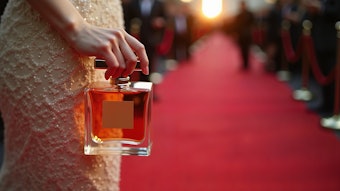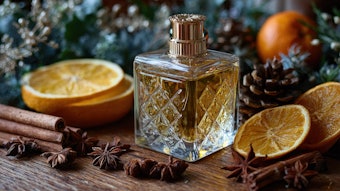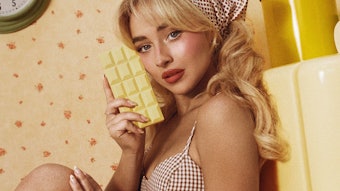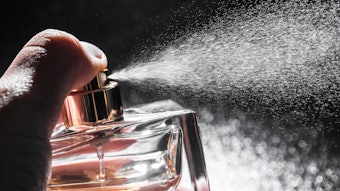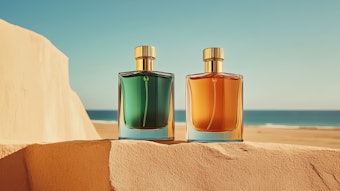In the blog post “Consumers look to expand their signature scent outside of the bottle,” Mintel global fragrance analyst Emmanuelle Moeglin looks how a quality, enticing scent is helping to draw consumers to beauty products in categories including makeup, skin care, hair care and more.
She writes, “Following Mintel’s predicted key 2014 trend Mixologiste, blurring the lines between beauty categories is fast becoming a pull for consumers who look to shake up their beauty routines.” She points out the popularity of multifunctional beauty products, noting that, “Over three in five (63%) U.S. makeup users say that multifunctional products save them money as an alternative to buying multiple products, and two-thirds (65%) agree it allows them to reduce or replace the number of products they use, saving them time.”
But, how does this play into fine fragrance? Moeglin points out, “Although rarely played in the fragrance field, the Mixologiste trend particularly lends itself to fragrances. The possibility of immersing that particular favorite scent into all aspects of our daily routines has potential to appeal to consumers. Almost half (46%) of Italian female fragrance wearers say they would be interested in skin care products that contain their favorite fragrance, and 27% of French perfume wearers are interested in fragrance for clothes.”
And beauty brands are catching onto these potential crossovers. Moeglin points out several current examples from the beauty industry:
- From Guerlain, the Terracotta Sun Celebration 2014 Collection, she writes, “offers the chance for your entire makeup bag to smell of limited edition fragrance solar floral with notes of bergamot, coconut and orange blossom. The matching scented makeup line includes bronzer powder, mascara and lipsticks.”
- In nail care, Moeglin points to the Revlon Parfumerie collection, which features scented nail enamels inspired by fine fragrances.
Fragrance products that can offer skin care, hair care and body care benefits are increasingly being sought out by consumers interested in cross-category options as well. Moeglin writes, “Consumers are definitely showing an interest in these cross-category benefits, as 60% of U.S. female fragrance wearers are interested in hair perfume that also provides hair care benefits, with 21% willing to pay more for it. Fragrance is not only to be limited to the daytime either—60% of U.S. fragrance wearers are interested in fragrances that can be worn at night, to help them sleep or to refresh bed linen."
For examples of this trend, Moeglin offers:
- The DKNY Be Delicious skin range, which “includes fragrance with benefits designed to make skin soft while leaving it with a fruity and sweet scent,” she notes. “It is formulated with the apple fusion complex, a blend of ingredients that are clinically proven to instantly moisturize, smooth and brighten the skin.”
- The U Luxury Alanna Color Protectant Hair Perfume, designed to fortify color and defend hair against daily environmental damage, Moeglin points out, while also refreshing hair with a floral scent.
- Skipping into home care, Moeglin also notes Febreze Sleep Premium Princess Night–Rose Fabric Freshener, a spray that “features a variety of relaxing fragrances including scents of rose, refreshing gentle jasmine and lily, sandalwood and musk, designed to aid a good night’s sleep,” she writes.
These innovations are keeping fragrance a definite part of the shopping decision for beauty consumers. “Introducing new formats and fragrance rituals will certainly help the industry to find ways to grow and innovate,” Moeglin writes. “Brands who dare to innovate, bringing new scented formats to the market, will get attention and drive consumers to come back to the product. Blurring the lines between fragrance and other items central to everyday routine will attract both perfume users and non-perfume wearers, both freshening up the consumer market and making everyone’s day slightly sweeter.”
